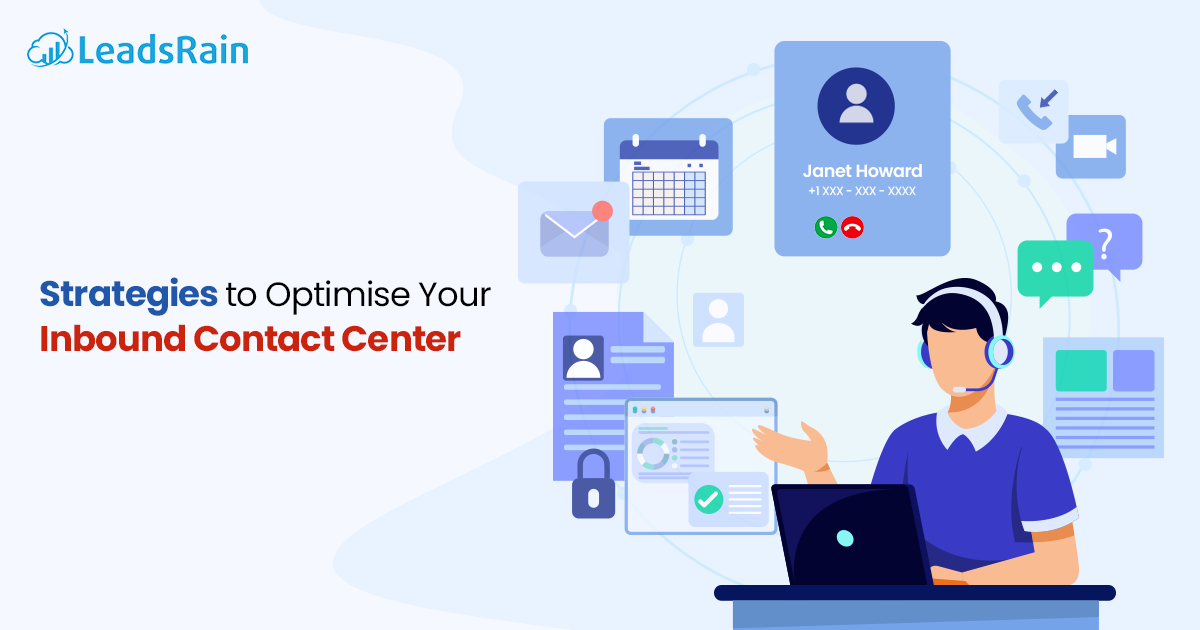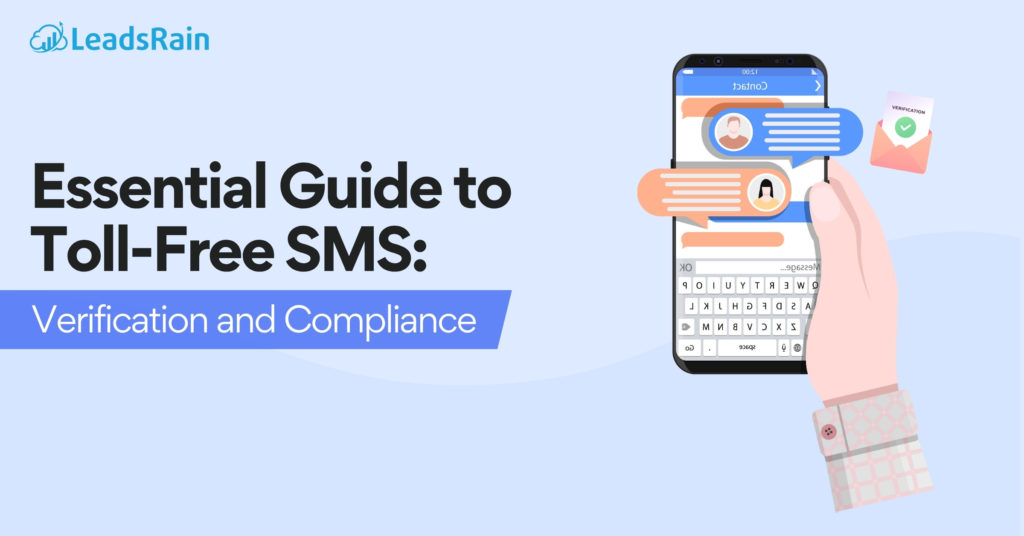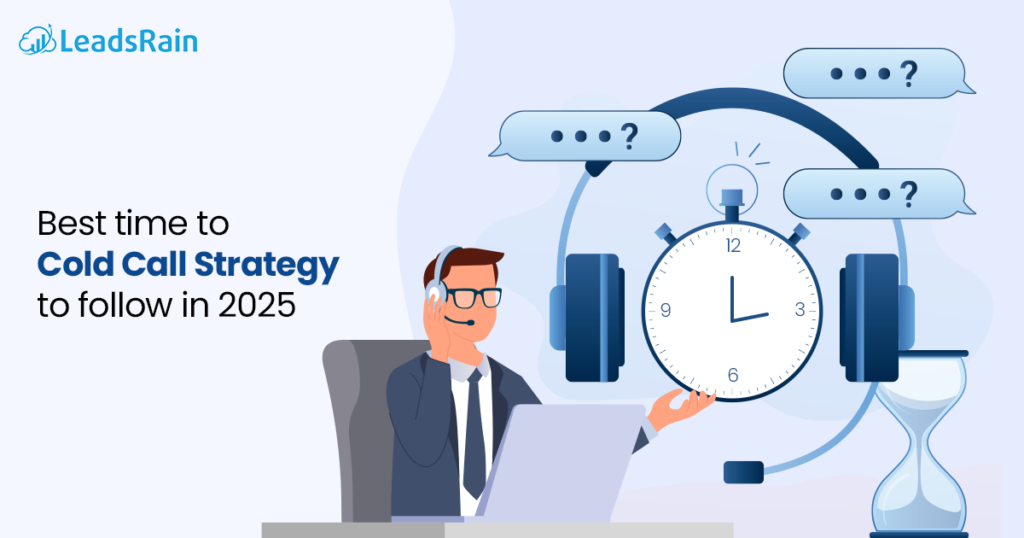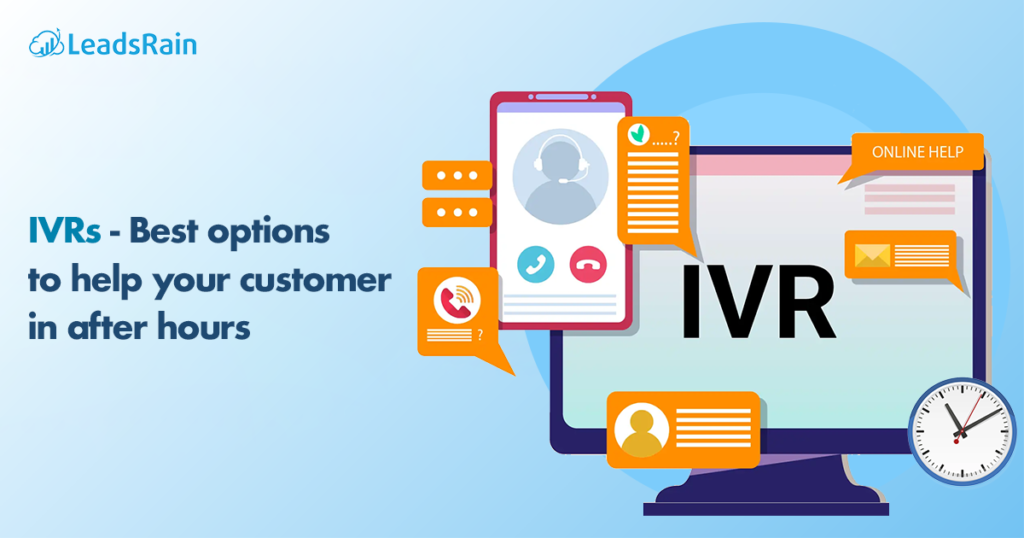Inbound contact centers have evolved beyond traditional service desks into vital strategic assets for brand loyalty and revenue growth. In today’s fast-paced, omnichannel environment, optimizing your inbound contact center involves more than scaling operations — it requires a smart blend of technology, processes, and real-time decision-making.
This guide offers a deep technical exploration and actionable strategies designed to elevate your inbound contact center’s performance and customer experience.
Technical Foundation of Inbound Contact Centers
An inbound contact center specializes in managing incoming interactions through multiple channels like voice, email, live chat, SMS, and social media. The technical foundation supporting modern inbound centers is complex, designed to ensure seamless, omnichannel customer experiences.
Core Infrastructure Components:
- Automatic Call Distribution (ACD): Smart routing systems that direct calls based on agent skills, customer profiles, and real-time conditions.
- Interactive Voice Response (IVR): Automated systems that allow customers to self-serve or intelligently route themselves to the right department.
- Session Initiation Protocol (SIP) and Voice over IP (VoIP): Key protocols enabling scalable and high-quality communications over IP networks.
- CRM Integration: Real-time synchronization of customer history, preferences, and activity across all touchpoints.
- Omnichannel Engagement Platforms: Consolidated agent desktops for managing conversations across voice, chat, email, and social media.
- AI and Machine Learning Engines: Systems that deliver predictive routing, intelligent suggestions, and conversational analytics.
- Workforce Optimization (WFO) Tools: Platforms for forecasting, scheduling, monitoring, and developing agent performance using live operational data.
- Cloud-Native Infrastructure: Resilient, flexible, and scalable environments that minimize on-premises IT complexity.
A fully optimized contact center ensures these technologies operate cohesively, enabling a frictionless experience for both customers and agents.
Why Optimization is Crucial for Inbound Contact Center Success?
Optimization transforms an inbound contact center from a reactive service unit into a proactive driver of customer engagement and business performance.
Key Advantages of Strategic Optimization:
- Enhanced Scalability: Systems dynamically handle peak loads without compromising service quality.
- Improved Cost Efficiency: Automation and AI reduce labor-intensive tasks, optimizing resource utilization.
- Superior Customer Satisfaction (CSAT): Decreased wait times, faster resolutions, and highly personalized service journeys.
- Maximized Agent Productivity: Smart workflows, real-time support, and integrated systems empower agents to perform at their best.
- Real-Time Data Insights: Access to actionable metrics enables rapid, informed decision-making.
- Competitive Market Positioning: Delivering effortless and intelligent customer experiences differentiates brands.
Continuous optimization is fundamental for adapting to evolving customer expectations and maintaining operational excellence.
Common Technical Roadblocks Impacting Inbound Center Performance
Clear visibility into frequent technical challenges enables organizations to better plan and execute optimization initiatives.
1. Legacy System Constraints
Reliance on outdated PBX systems creates integration challenges, slows down operational flexibility, and increases maintenance costs.
2. Fragmented Customer Journeys
Disconnected platforms for different channels cause inconsistent experiences, forcing customers to repeat information across touchpoints.
3. Ineffective Workforce Management Practices
Static scheduling models and poor real-time staffing visibility often lead to missed service targets and higher operational costs.
4. Limited Analytics and Reporting
Siloed data sources prevent a unified view of customer interactions and make it difficult to identify optimization opportunities.
5. Lack of Intelligent Automation
Manual handling of repetitive tasks adds friction to both customer interactions and internal processes, reducing service velocity and agent satisfaction..
Actionable Strategies for Technically Optimizing Your Inbound Contact Center
Inbound contact center excellence demands a combination of innovative technologies, strategic process improvements, and relentless focus on real-time operations. The following technical strategies outline the pillars for driving optimization:
Leverage Predictive Call Routing with AI
Predictive Call Routing uses machine learning models to match customer interactions with the most suitable agents based on historical patterns and real-time performance indicators.
Technical Execution:
- Train predictive models using agent skill profiles, historical CSAT scores, call resolution rates, and real-time queue analytics.
- Integrate predictive engines into the ACD and CRM platforms.
- Deploy AI to continuously adjust routing strategies based on current queue performance and customer sentiment.
Outcome: Increased first-contact resolution rates and improved service efficiency.
Deploy Intelligent Workforce Management (WFM) Systems
AI-enhanced WFM systems create highly accurate forecasts and dynamically adjust staffing based on real-time demand fluctuations.
Technical Execution:
- Implement systems capable of ingesting live ACD data streams to model agent requirements.
- Configure predictive scheduling engines that adapt to real-time anomalies in call volumes.
- Integrate WFM platforms with HR and CRM tools for unified workforce management.
Outcome: Optimal staffing levels, enhanced agent utilization, and stronger SLA performance.
Implement True Omnichannel Orchestration
An omnichannel orchestration engine consolidates customer interactions across all channels into a unified agent interface.
Technical Execution:
- Integrate communication platforms like Twilio Flex or Amazon Connect with CRM and ticketing systems.
- Architect customer journeys using event-driven APIs and customer intent modeling.
- Deploy middleware tools to automate data synchronization across applications.
Outcome: Seamless customer experiences and improved agent workflow efficiency.
Automate First-Level Customer Interactions with Conversational AI
Conversational AI handles routine interactions, enabling live agents to focus on complex queries.
Technical Execution:
- Design AI bots using frameworks such as Google Dialogflow CX or Microsoft Azure Bot Services.
- Integrate bots with backend CRM and knowledge bases for dynamic information retrieval.
- Establish escalation protocols for handoffs to live agents based on intent confidence thresholds.
Outcome: Increased self-service rates and reduced average handle time.
Deploy Real-Time Speech and Text Analytics
Capturing and analyzing customer interactions as they happen allows immediate insights into performance and customer sentiment.
Technical Execution:
- Set up real-time analytics platforms like CallMiner, Observe.AI, or Verint Speech Analytics.
- Implement natural language processing (NLP) models for detecting sentiment, keyword trends, and escalation risks.
- Use real-time dashboards to alert supervisors about deteriorating interactions.
Outcome: Proactive service recovery and targeted agent coaching.
Enable Dynamic Agent Assist Technologies
Dynamic agent assist tools provide real-time suggestions during customer interactions, enhancing decision-making and knowledge access.
Technical Execution:
- Integrate systems like Google CCAI Agent Assist with the live communication platform.
- Implement machine-learning-driven next-best-action recommendations based on ongoing conversation analysis.
- Build contextual, trigger-based micro-applications that surface CRM or knowledge base information automatically.
Outcome: Higher agent confidence, faster response times, and improved resolution rates.
Modernize Knowledge Management Infrastructure
Efficient knowledge management ensures both agents and customers can rapidly access accurate information.
Technical Execution:
- Deploy AI-powered search engines capable of semantic querying across disparate knowledge bases.
- Integrate knowledge bases directly into agent desktop tools for real-time recommendations.
- Establish feedback loops for continuous content curation based on agent and customer usage patterns.
Outcome: Shorter issue resolution times and enhanced self-service capabilities.
Integrate Robotic Process Automation (RPA) for Repetitive Tasks
RPA bots automate back-office and support processes, improving transaction speed and accuracy.
Technical Execution:
- Implement UiPath, Automation Anywhere, or Blue Prism bots to manage post-call wrap-ups, CRM updates, and ticket creation.
- Link RPA workflows with event triggers from ACD, CRM, and WFM systems.
- Set up centralized bot monitoring dashboards to track success rates and error handling.
Outcome: Streamlined backend operations and reduced agent administrative workload.
Conclusion
Inbound contact centers serve as the frontline of digital engagement, where every interaction carries the potential to drive loyalty or cause churn. Optimizing technical, operational, and human elements transforms these centers from reactive service desks into dynamic growth engines. Organizations that invest in intelligent technologies, real-time performance visibility, and agent empowerment position themselves to deliver best-in-class service experiences.For personalized consultation or technical assistance in optimizing your inbound contact center infrastructure, reach out to our experts at support@leadsrain.com — the right strategy and architecture can change the entire trajectory of your customer engagement journey.




